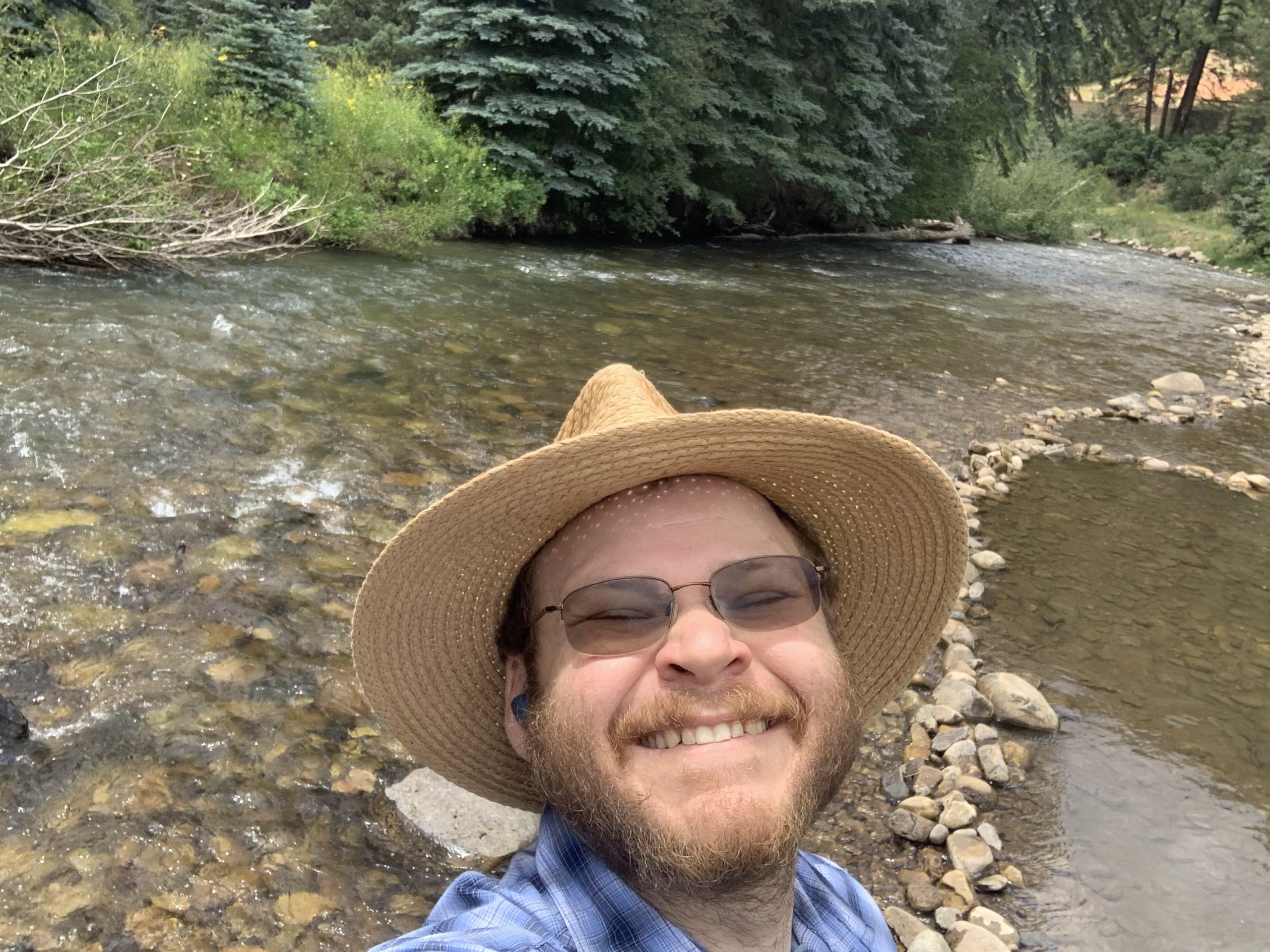The West fork of the Dolores River in southwestern Colorado, is a hidden gem waiting to be explored. As a Colorado native and avid traveler, I can’t help but be captivated by the natural wonders this region has to offer. It is a place where I find solace and inspiration, a place where I can escape the chaos of the modern world and reconnect with the land where I was born. The profound link I feel to this area is not just about geography; it’s about the stories, the history, and the spirit of Colorado that reside here. It’s a journey that takes me back to my roots and reminds me of the deep love I have for this land I call home.
Allow me to take you on a journey through the geological, ecological, and cultural treasures of the West Fork of the Dolores River area in the San Juan Mountains.
The geology of this area is a testament to the Earth’s intricate history. The Dolores River, with its winding, giggling flow, has carved a masterpiece through the San Juan Mountains. This river, which originates in the high peaks of the San Juans, tumbles its way down to join the Colorado River, creating a stunning display of nature’s power and beauty.
The rocks that surround you tell tales of ancient seas, lakes, and volcanic eruptions. Sedimentary rocks, such as sandstone, shale, limestone, and dolomite, hold the secrets of eons past. Some of these rocks even house the fossils of creatures that inhabited this land millions of years ago, providing a window into the distant past.
The presence of igneous rocks like basalt and andesite reminds us of the fiery volcanic activity that once shaped this region. The uplift of Sleeping Ute Mountain, around 70 million years ago, gave rise to the unique Paradox Valley, where the river flows across a fold in the Earth’s crust rather than along it. The geological diversity in this area is nothing short of awe-inspiring.
Beyond the natural beauty:
Humans have been drawn to this land for millennia. The mountains, plains, and canyons have been home to Indigenous Peoples, and the area is dotted with cultural and archaeological sites dating back over 10,000 years. It’s a place where history, both natural and cultural, comes to life.
In the midst of this natural beauty, I can’t help but contemplate the deep respect for nature that Indigenous Peoples have held for millennia. It’s a lesson in humility and harmony with the environment, and it’s a message that resonates deep within me. My Colorado roots have instilled in me a reverence for the land, and it’s a legacy I carry with pride.
In more recent history, the allure of gold and silver brought prospectors and settlers to these mountains. Mining booms left their mark on the landscape, and you can still find remnants of this era if you look closely. These historical echoes add a layer of intrigue to the region’s narrative. The rivers have been cut and shifted, straightened and bent to the desires of man and cities, but these scars don’t overwhelm the land.
The area is a haven for biodiversity. As you traverse the different elevations, you’ll witness a remarkable transition in the flora. Ponderosa pine, Douglas fir, and oak species grace the lower elevations, creating mixed woodlands. As you ascend, spruce and fir trees dominate the landscape, painting the mountains in shades of green.
During the warmer months, the mountains burst into a riot of colors as wildflowers bloom. The Colorado Columbine, our state flower, adds delicate blue and white hues to the landscape, while lupines, Indian paintbrush, fireweed, alpine forget-me-nots, and sneezeweed create a vibrant tapestry of colors.
Quaking aspen shake their leaves, and shower you in culture through the fall, their sweet cacophony a lullaby.
The fauna of this region is equally captivating. Mule deer, elk, black bears, bighorn sheep, and elusive mountain lions call these mountains home. For birdwatchers, the area offers a delightful array of avian species, from majestic eagles to charming songbirds.
The Dolores River and its tributaries support diverse aquatic life, including trout. This river is also essential for rare and endangered species, such as the Colorado pikeminnow and the razorback sucker. However, their survival is threatened by human alterations to the river’s natural flow.
The ecological balance and the connection between flora and fauna in this region are awe-inspiring, making it a sanctuary for nature enthusiasts and a place of great importance for conservation efforts.
Celebrating these mountains
I’m reminded of the delicate dance between geological forces, cultural history, and the rich tapestry of life that exists here. This region, with its geothermal pools, sandstone canyons, and volcanic peaks, is a testament to the wonders of the natural world.
In the West Fork of the Dolores River, I find solace and inspiration, a place where I can escape the chaos of the modern world and reconnect with the land where I was born. The profound link I feel to this area is not just about geography; it’s about the stories, the history, and the spirit of Colorado that reside here. It’s a journey that takes me back to my roots and reminds me of the deep love I have for this land I call home.

Leave a Reply